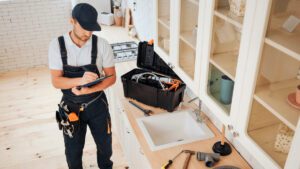As you embark on your property preservation business journey, determining the tools you’ll need and deciding whether to rent or purchase equipment during the startup phase are critical factors. These decisions greatly influence your business’s flexibility, growth potential, and financial stability.
The type of services you offer will determine the equipment you’ll need. Property preservation businesses have the advantage of tailoring their services according to their preferences, such as the desired work pace, growth rate, earnings, and equipment investment.
You can choose to provide basic services like lawn care and debris removal, or opt for a more comprehensive approach, including trash outs, interior cleaning, gutter maintenance, pressure washing, painting, and winterization. Other options include lock changing, window boarding, security services, or even sheetrock and repair services if you have carpentry skills.
Before purchasing equipment, consider the services you plan to offer and the resources you already possess. Renting equipment for specific jobs can be a viable option, allowing you to grow at a pace that aligns with your financial capabilities. This approach also provides an opportunity to gauge the demand for various services in your area before investing in equipment that may only be used occasionally.
Now, let’s delve into the specific tools required for each job type to help you better understand your equipment needs.
Tools You Need for Completing Maid Service Work Orders
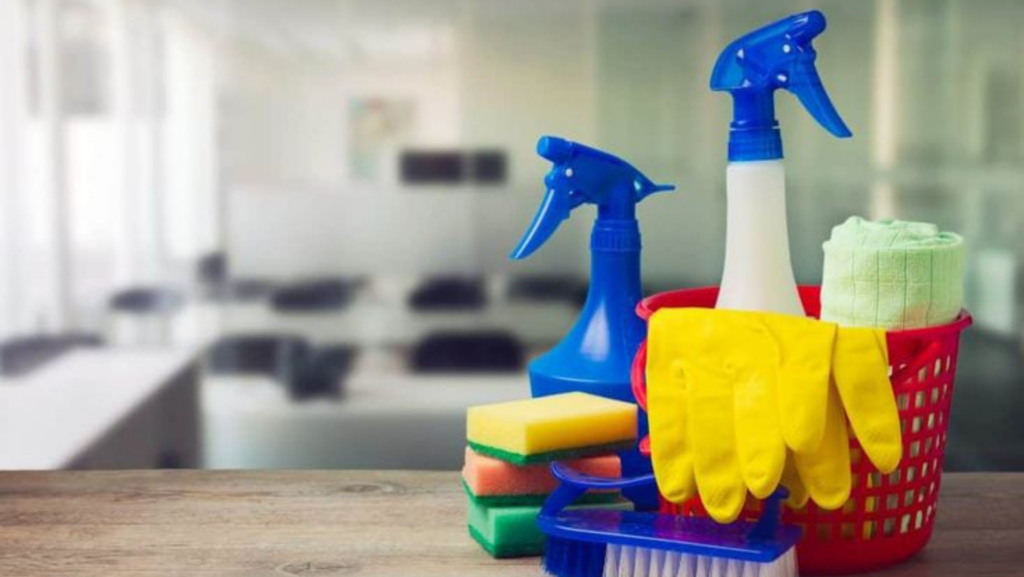
For completing maid service work orders in property preservation, it’s essential to have a range of cleaning equipment and supplies on hand. This will ensure that you can efficiently clean and maintain the property to meet client expectations.
Some key items you’ll need for maid service work orders include:
- Standard vacuum cleaner: A versatile and reliable vacuum is crucial for removing dirt and dust from carpets, rugs, and other flooring surfaces.
- Shop vacuum: A shop vacuum can help you clean up larger debris, wet messes, and even assist in removing water from a flooded area.
- Cleaning solutions: Stock up on various cleaning solutions such as glass cleaner, oven cleaner, and a multi-purpose cleaner like Pine-Sol. These will help you tackle different surfaces and types of grime throughout the property.
- Paper towels and microfiber cloths: These are essential for wiping surfaces, cleaning glass, and ensuring a streak-free finish.
- Duster: A duster will help you remove dust and cobwebs from hard-to-reach places, such as light fixtures, ceiling fans, and crown molding.
- Mop and bucket: A mop is necessary for cleaning hard floors, like tile or hardwood, while a bucket will hold your cleaning solution and water.
- Sponges and scrub brushes: Sponges and scrub brushes are useful for tackling stubborn stains and grime on various surfaces, including countertops, sinks, and bathtubs.
- Rubber gloves: Protective rubber gloves will shield your hands from harsh cleaning chemicals and help you maintain hygiene while working.
- Trash bags: Heavy-duty trash bags are necessary for collecting and disposing of any waste you encounter during your cleaning process.
- Five-gallon water container: A large container of water is useful for situations where the property’s water supply may be turned off or otherwise unavailable.
As a maid service provider in the property preservation industry, having the right tools and equipment will ensure that you can efficiently and effectively clean and maintain properties, resulting in satisfied clients and a successful business.
Tools You Need for Completing Yard Maintenance Work Orders
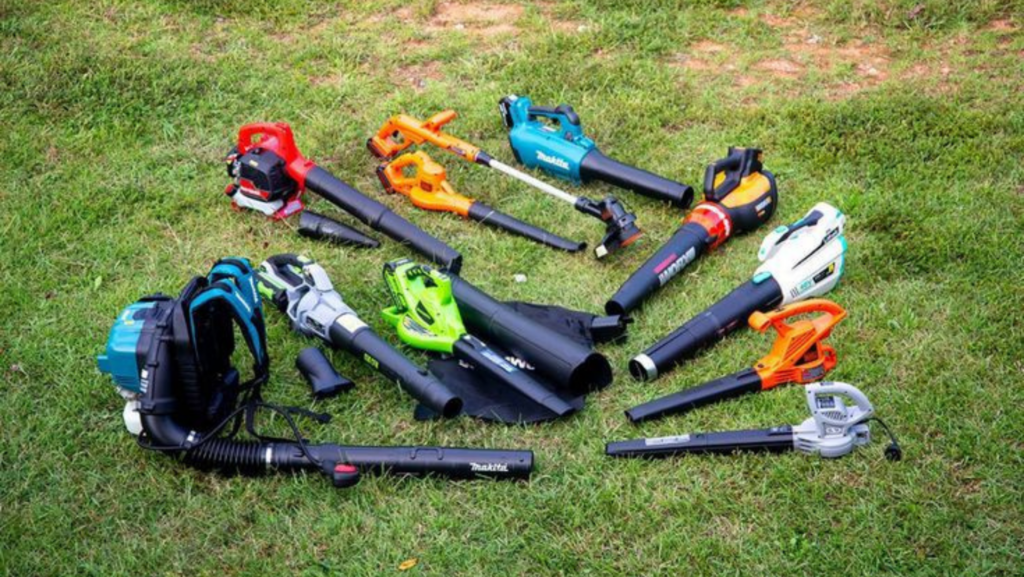
For completing yard maintenance work orders in property preservation, having the right tools and equipment is crucial to ensure that the outdoor spaces are well-maintained and visually appealing. Here are some essential tools and supplies to have on hand for yard maintenance tasks:
- Lawnmower: A lawnmower is a must-have for keeping grass well-trimmed and neat. Choose one that suits the size of the yards you’ll be working on and your transportation capabilities.
- Weed eater (string trimmer): A weed eater is essential for trimming grass and weeds around edges, fences, and other obstacles where a lawnmower may not reach.
- Rake: A rake is useful for gathering leaves, grass clippings, and other debris from the yard. It can also help in leveling soil and spreading mulch.
- Brooms: Brooms are necessary for sweeping walkways, patios, and other hard surfaces in the outdoor area.
- Shovels: Both digging and flat shovels are important for various tasks, such as planting, removing plants or weeds, and moving soil or mulch.
- Hedge trimmer: A hedge trimmer is essential for maintaining and shaping bushes, hedges, and shrubs. Consider investing in an extension pole hedge trimmer for reaching taller hedges and bushes.
- Leaf blower: A leaf blower can quickly and efficiently clear leaves and debris from lawns, driveways, and sidewalks, saving you time and effort.
- Pruning shears: Pruning shears are necessary for trimming and shaping small branches, plants, and bushes.
- Gloves: Protective gloves will shield your hands from potential injuries while working with sharp tools or handling thorny plants.
- Wheelbarrow: A wheelbarrow is helpful for transporting heavy loads of soil, mulch, or debris across the yard.
- Garden hose and nozzle: A garden hose with an adjustable nozzle is crucial for watering plants, rinsing off tools, and cleaning outdoor surfaces.
By having these essential tools and equipment on hand, you’ll be well-prepared to tackle yard maintenance work orders in property preservation. A well-maintained yard not only improves the curb appeal of the property but also contributes to the overall success of your business.
Tools for Completing Debris Removal Work Orders (Trashouts)
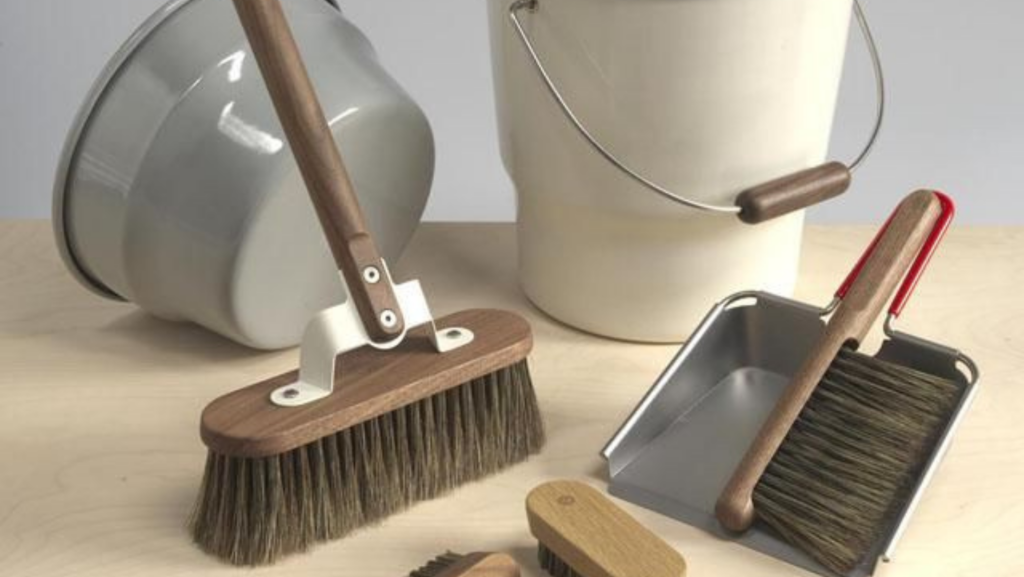
For efficient and successful debris removal tasks, make sure to gather the following important tools and supplies:
- Trash out work order: Before starting any work, ensure you have a detailed work order outlining the scope of the debris removal job and any specific client requirements.
- Dump trailer or dumpster company contact: Establish a relationship with a reliable dump trailer or dumpster company, so you have a go-to option for disposing of debris efficiently and legally.
- Large flat shovel: A large flat shovel serves as an oversized dustpan, making it easy to collect and remove debris from the property.
- Brooms and dustpans: Brooms help you sweep up smaller debris, while dustpans are useful for collecting and disposing of the swept-up waste.
- Gloves: Durable gloves protect your hands from potential hazards and maintain hygiene during the debris removal process.
- Mesh tarp: A mesh tarp is helpful for covering loads in your trailer or truck, preventing debris from falling out during transportation.
- Ratchet straps: Secure your loads with 16-foot ratchet straps to ensure safe transportation of debris to the disposal site.
- Mini-sledgehammer: A mini-sledgehammer can be useful for breaking down larger debris items or dislodging stubborn materials.
- Contractor-grade garbage bags: Heavy-duty garbage bags are essential for containing and disposing of various types of debris, including smaller waste items, construction materials, or household junk.
- Heavy-duty garbage cans: Invest in 2-4 heavy-duty garbage cans to temporarily store debris on-site before transporting it to a disposal facility.
- Dust masks: A pack of 25-100 dust masks provides respiratory protection when working in dusty or contaminated environments.
Tools for Completing Winterization Work Orders
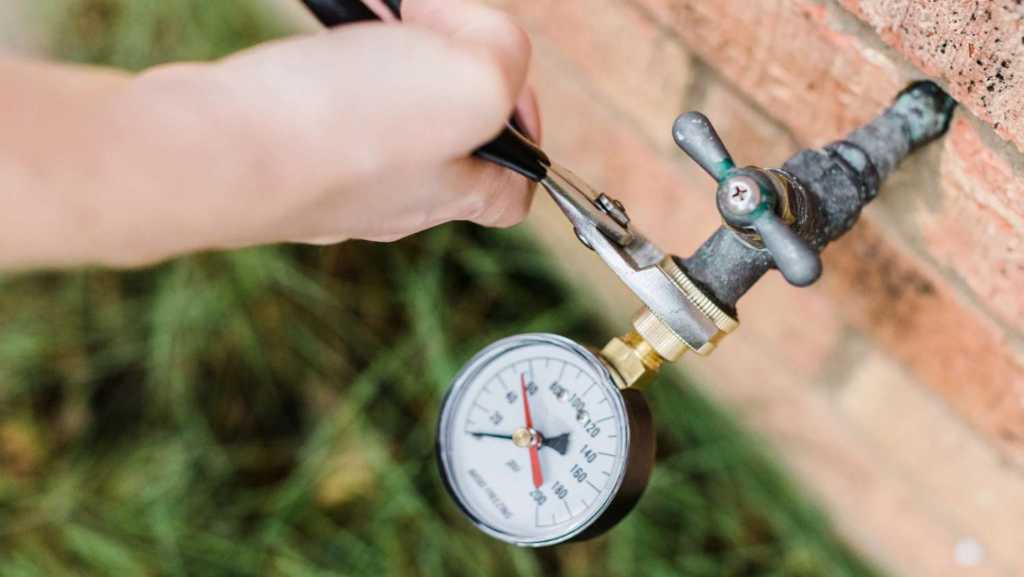
To effectively tackle winterization work orders, it’s crucial to be equipped with the following essential tools and equipment:
- Winterization tools: Stock up on essential winterization tools such as pipe wrenches, crescent wrenches, and a specialty pressure test gauge. These tools will help you perform tasks like shutting off water valves and testing the plumbing system for leaks.
- Shut-off valves and caps: Keep a supply of 1/2-inch and 3/4-inch shut-off valves (sharkbite style) and matching caps and plugs. These components will help you secure the plumbing system after draining the water.
- Pipe wrenches and crescent wrenches: Various sizes of pipe wrenches and crescent wrenches are necessary for adjusting and tightening pipe connections during the winterization process.
- Specialty pressure test gauge: Invest in a specialty pressure test gauge, which is used to check the plumbing system for leaks. Do not attempt to make your own gauge; they can be purchased for around $35.
- Zip ties: Zip ties are handy for securing pipes, hoses, and other components during winterization.
- Black sharpie markers: Keep a couple of black sharpie markers on hand to label components, mark shut-off valves, and make notes on the work order.
- Duct tape: One or two rolls of duct tape can be useful for sealing small gaps and securing components during the winterization process.
- Air compressor and hose: An air compressor with a 25-50-foot long, 3/8-inch diameter hose is essential for blowing out water lines to prevent freezing and damage.
- Garden hose: A 25-foot garden hose is useful for draining water from the plumbing system and can be connected to the air compressor for blowing out lines.
- RV antifreeze: Keep at least three gallons of RV antifreeze per house on hand. This non-toxic antifreeze is specifically designed for use in plumbing systems and helps prevent freezing and damage during cold weather.
Tools for Changing Locks (Rekeys)
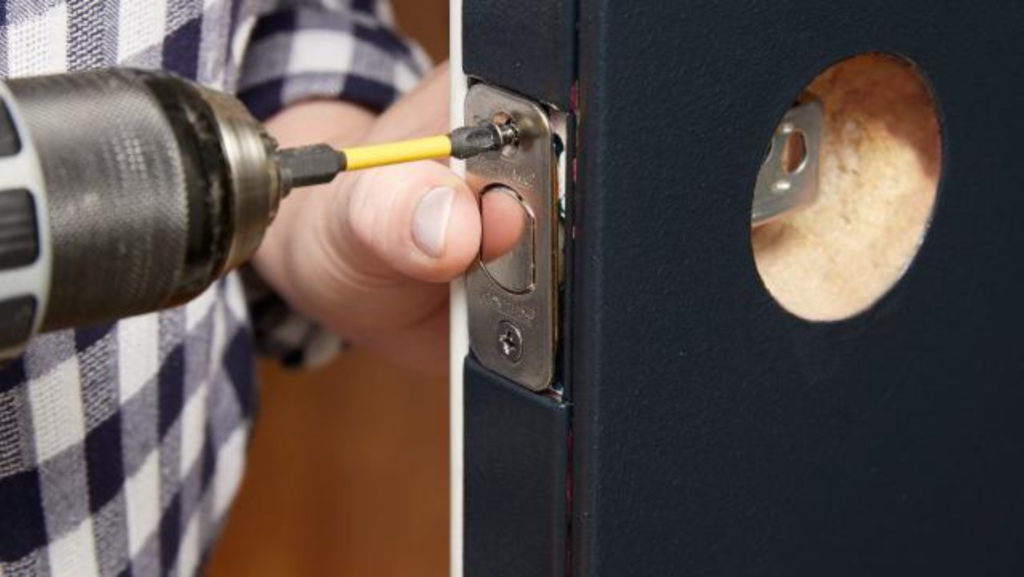
When undertaking lock-changing tasks, it’s important to be prepared with the following necessary tools and equipment:
- Cordless and corded drills: both cordless and corded drills are essential for installing and removing locks, as well as drilling out locksets when necessary.
- Drill bits: ensure you have an assortment of drill bits suitable for drilling through various locksets and door materials, including metal and wood.
- Pry bars: keep two pry bars on hand, but remember that they should not be used for prying open doors. Instead, they are helpful for removing old locks or hardware.
- Bank-coded knob locks, deadbolts, and padlocks: maintain a stock of bank-coded knob locks, deadbolts, and padlocks to replace existing locks as required by your clients.
- Lockboxes: lockboxes are essential for providing secure access to the property for authorized individuals, such as real estate agents, property managers, or maintenance personnel.
- Hasps: hasps are used in conjunction with padlocks to secure garages, sheds, or other structures on the property.
- Window locks and slider locks: keep a supply of window locks and slider locks on hand to enhance the property’s overall security by ensuring all entry points are adequately protected.
To sum up, the decision to rent or buy equipment when starting a property preservation business plays a significant role in determining your company’s flexibility, growth, and financial stability. The services you offer will influence the equipment you need, and evaluating your existing resources can help you make an informed choice. Opting to rent equipment before purchasing allows you to assess the demand for different services in your area and grow at a manageable pace.
We have explored the necessary tools and equipment for various property preservation tasks, including maid service, yard maintenance, debris removal, winterization, and lock changing. Gaining an understanding of the specific tools required for each job type and considering your business’s unique circumstances will enable you to make well-informed decisions about equipment acquisition, contributing to the long-term success and growth of your property preservation business.

